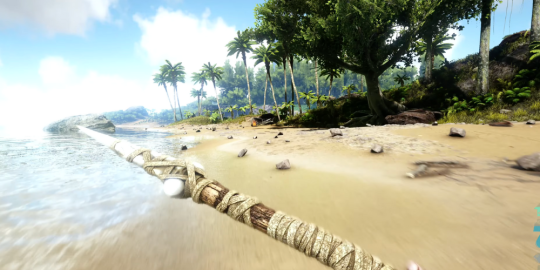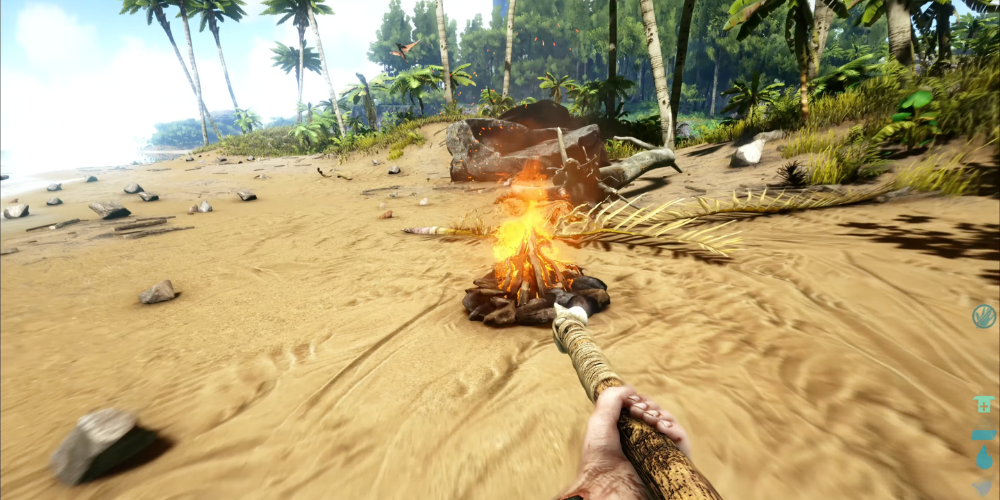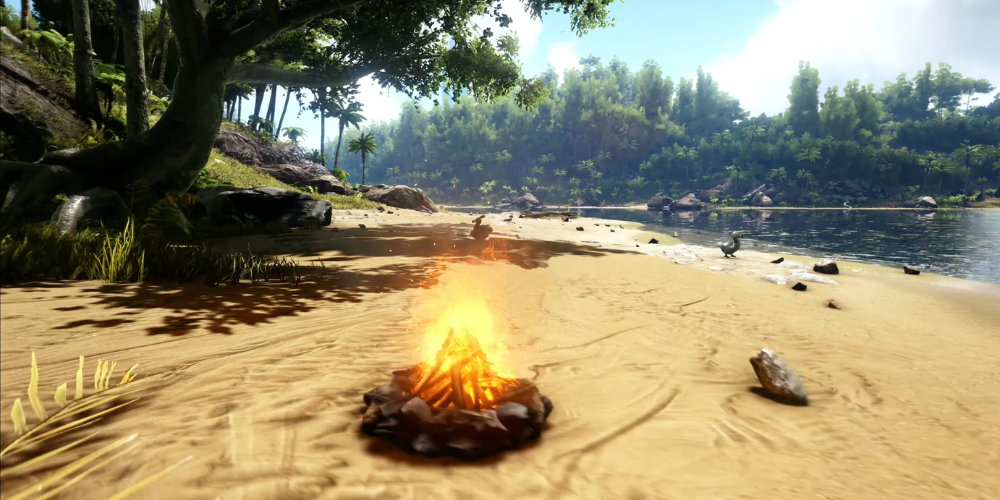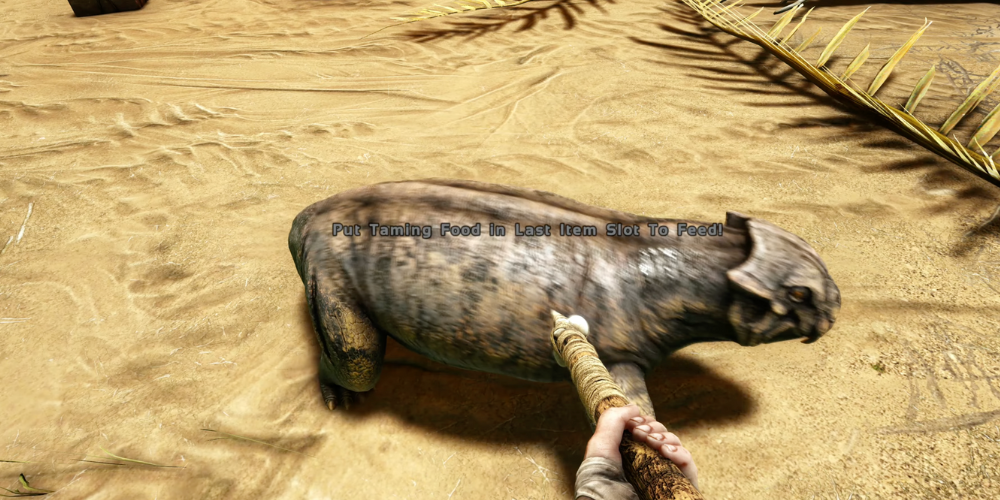
Stepping into the prehistoric world of "Ark: Survival Evolved" can be overwhelming. With its stunning visuals, immersive gameplay, and relentless environment, the challenge to survive is real. This guide delves into two of the game's most essential aspects - building and taming. Mastering these skills is key to thriving and establishing dominance in the world of Ark. Let's embark on this journey, increasing our chances of survival in the process.
Building in "Ark: Survival Evolved"
Creating your base is the first step to securing your safety in Ark. This determines your protection against other players and the game's varied prehistoric fauna.
Choosing Your Location
The location of your base is crucial. There are two main aspects to consider - accessibility to resources and defense potential. Locations near water bodies provide an ample amount of resources. However, they are generally more vulnerable to attacks. On the other hand, more remote, higher-spot types of terrain are intrinsically defensible but can have limited resources.
Designing Your Base
In terms of base layout, flexibility is paramount. As your level increases and you gain more resources, your base must be able to accommodate expansion. A flexible layout permitting effortless inclusion of storage spaces is highly suggested. Always consider the requirement for cubicles and creation zones.
The Building Process

To start building, you'll need to harvest resources, such as stone, thatch, wood, etc. Once you've gathered sufficient materials, the base’s construction begins with a foundation. From here, it's a matter of progressively adding walls, roofs, doors, and other pieces to bring your ideal base to life.
Taming in "Ark: Survival Evolved"
What truly defines Ark is the array of prehistoric creatures you can tame. Each creature offers unique benefits, from the humble Dodo to the mighty Tyrannosaurus. Learning to tame creatures effectively and efficiently can greatly boost your progress.
Selecting Your Creature
Recognizing the strengths and weaknesses of each species is crucial when deciding which creature to tame. Larger carnivores, although difficult to tame, can give you a significant advantage in combat. Meanwhile, herbivores and smaller animals can be invaluable for gathering resources or exploring the environment.
Understanding the Taming Process in Detail
The act of taming a creature in "Ark: Survival Evolved" is a detailed, step-by-step process that requires patience, appropriate resources, and adept knowledge of the creature's behaviors and preferences. This process involves subduing the targeted creature and sustaining it with the right feeding regimen until it is successfully tamed.
Subduing the Creature

The taming procedure begins with incapacitating the creature to make it defenseless and cease it from fleeing or attacking. This is typically done using tranquilizing tools, with the most common being tranquilizer arrows shot from a bow or crossbow. Other options include tranquilizer darts for a longneck rifle or using animals with tranquilizing attacks. The accuracy of the shot and the amount of tranquilizing force applied will contribute to the time period the creature remains unconscious. It's important to note that more robust, higher-level creatures require a larger number of tranquilizing tools to subdue. Likewise, the use of tranquilizing tools should be carefully done as excessive application might eliminate the creature on the spot.
Nourishing the Unconscious Creature
Once the creature is unconscious, it's time to feed it. However, be mindful that each creature type has specific food preferences. Some prefer berries, others favor distinct types of meat, and there are those who require more special types of nourishment, such as honey or kibble. The feeding process must be done while the creature is still unconscious, and it often takes multiple servings of food to fully tame a creature.
Timing and Resource Consideration
The duration and resources needed to tame a creature vary extensively based on its species, level, and the particular food you're using to tame it. In general, higher-level creatures demand more time and resources to tame. Using kibble, which can be manufactured using crops and eggs from tamed creatures, can significantly decrease taming time, making it a highly effective food source for taming. Furthermore, if the taming process is not completed in one go, a creature's taming progress will gradually decrease when not actively tamed.
Maintaining Unconsciousness

Throughout the taming process, the creature's Torpor level will naturally decrease, eventually causing the creature to awaken. To prevent this, the player must constantly monitor the creature's unconsciousness meter and apply additional narcotics to maintain its unconscious state. Be cautious, as providing too much can harm or even eliminate the creature.
Effective Use and Care of Tamed Creatures
Once a creature is tamed, it's important to familiarize yourself with its unique abilities and how it can help with your survival. Also, remember to feed and protect your tamed creatures, as neglect can reduce their effectiveness or even cause their demise.
In conclusion, mastering the tactics of building and taming is integral to your survival strategy in "Ark: Survival Evolved." By selecting the right location for your base, designing it for growth and defense, and learning to tame and care for your creatures efficiently, you're well on your way to becoming a dominant survivor in the world of Ark.
Remember, survival isn't just about enduring; it's about outsmarting the environment and rising above the challenges. So equip yourself with the knowledge, set out into the wild, and let your survival instincts guide your journey. Good luck!